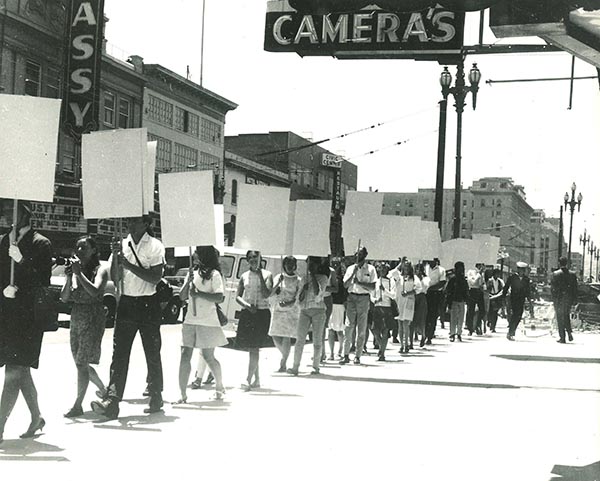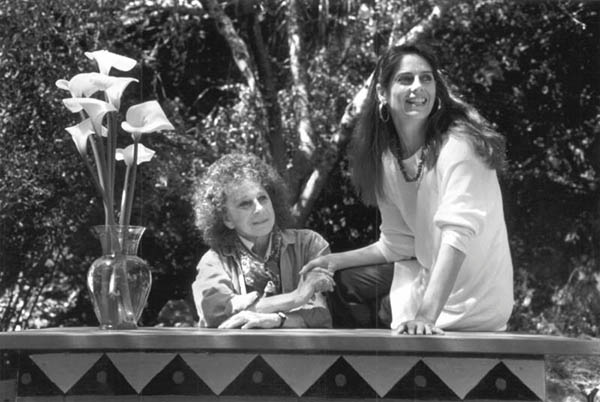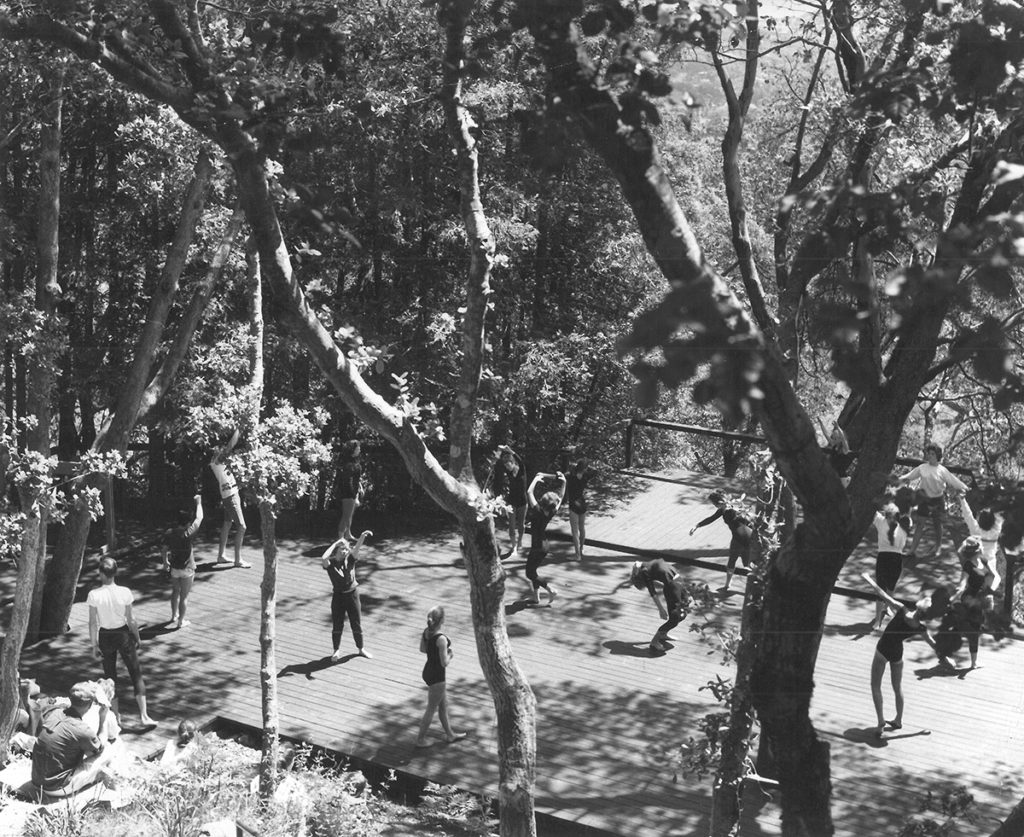OUR HISTORY
A significant part of our work is related to the history of its originator, Anna Halprin, and her innovative work as a dancer, performance artist, and teacher.
In the late 1950’s dance pioneer Anna Halprin began a radical reshaping of dance that took it from the exclusive ranks of dance as a performing art to the universal context of dance as a healing art.
In the early 1960’s Anna began collaborating with other artists and leaders in a groundbreaking movement that was to bridge the fields of dance, movement, art, performance, somatics, psychology, and education. These collaborations included exchanges between Anna’s Dancers Workshop group and the Fluxus group of New York, Fritz Perls (founder of Gestalt therapy), Moshe Feldenkrais (Awareness Through Movement), Carl Rogers (Person-Centered Therapy), and Thomas Gordon (confluent education).
Questions motivating their research, experiments and collaborations were nothing short of revolutionary. Influenced by these collaborations, and by her work with the dancers and artists who gathered around her, emerged what Anna Halprin called a “Life/Art Process” – an approach based on working with peoples’ own life experiences as the utmost source for artistic expression.
From its beginnings, the work was grounded in group learning, group creativity, and the actual life experiences of those with whom she was working. The work took place in spaces that extended from the dance studio and performance stage, to urban city streets and natural outdoor environments.
Studies and collaborations with the innovative philosophy of environmental designer Lawrence Halprin, and his work in the urban and natural environment, Collective Creativity and the RSVP Cycles, have been significant influences and cornerstones in the Tamalpa Life/Art Process and trainings.
Collaborations between Anna Halprin and Larry Halprin brought these worlds together and informed their work in Community Ritual and Moving in and with Nature.
Daria Halprin, a young dancer, performer, and participant in Anna and Larry’s earliest workshops, dancers’ groups and performance company, was inspired to continue studies with Fritz Perls in Gestalt therapy, and went on to pursue the interface between dance, psychology, and theater. She brought these influences to the forming of Tamalpa Institute where she worked on developing the bridge between movement, art, and psychology that informs the approach today.
The first wave of teachers at the Tamalpa training programs have left lasting imprints on the work, the institute and on our student body: Senior Associates Jamie McHugh, Ken Otter, Alice Rutkowski, and G. Hoffman Soto. The second generation of teachers who studied at Tamalpa have also contributed to the evolving education in the Tamalpa Life/Art Process: Joy Cosculluela, Dohee Lee, Maria Luisa Diaz de Leon, Adriana Marchione, Taira Restar, and Rosario Sammartino.
Since 2008 with the founding of Tamalpa International Branches, our circles are expanding outward in the United Kingdom, South Korea, Germany and France. Tamalpa has Alumni Practitioners around the world. We have renewed our legacy in the healing arts, through our social engagement branch, the Tamalpa ArtCorps – training and supporting people to develop and implement Tamalpa movement/dance and art based programs focused on social justice and community service.
Through collaborative research, teaching, and exchanges with colleagues in interdisciplinary fields of practice, our school continues to evolve in response to new developments in related fields and to the challenges and compelling themes of contemporary life.
Read more about Anna Halprin’s legacy in this article written by Carla Blank.



